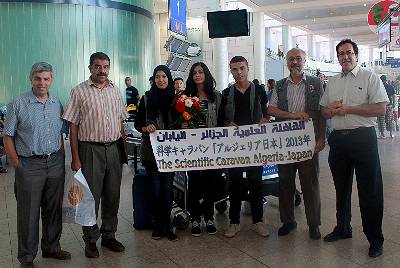
The laureates at the Houari Boumedienne Intl. Airport in Algiers with their parents. |
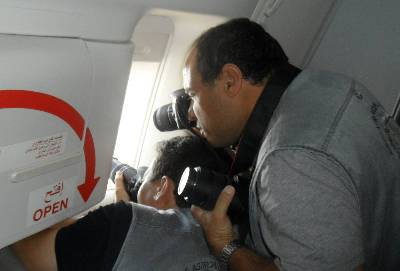
Our dedicated photographers taking shots from the rear window of the aircraft
|
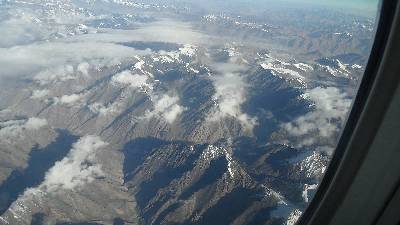
Over the Himalaya |
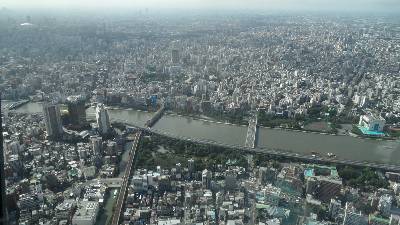
Tokyo from the 450 m high deck of the Tokyo Skytree |
|
To the Nobeyama
Radio and Solar Radio Observatories (NAOJ) |
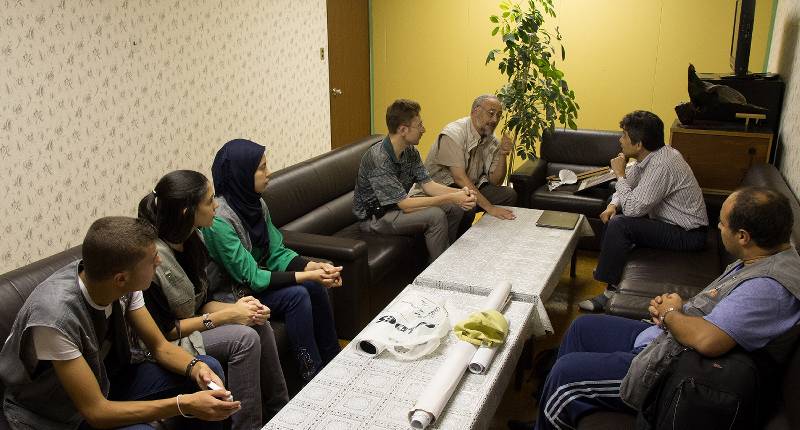 Welcomed by Prof. Nario Kuro, the Nobeyama Director, at his office. Some gifts were presented in the form of astronomical posters produced by Sirius some of which were translated from Japanese.
Welcomed by Prof. Nario Kuro, the Nobeyama Director, at his office. Some gifts were presented in the form of astronomical posters produced by Sirius some of which were translated from Japanese. |
|
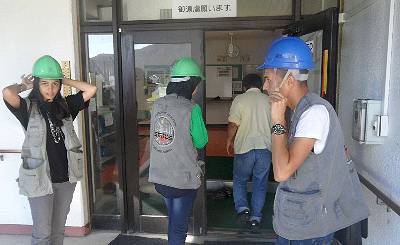
Getting ready to
enter the beast |
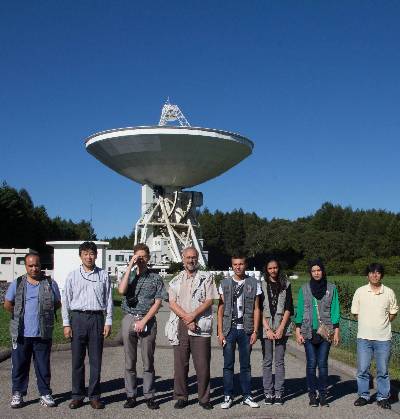
In front of the radiotelescope. At right is Kinugasa Kenzo who masterly coordinated our visit. |
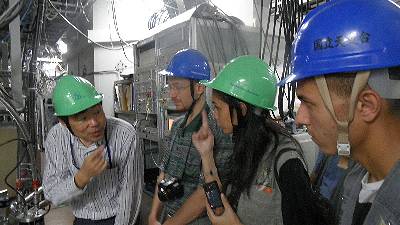
Here is the answer to your question Mademoiselle!
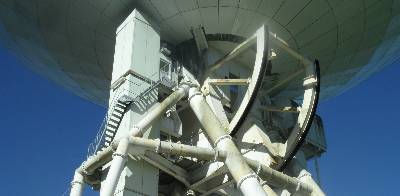
|
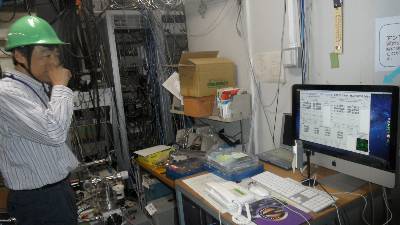
In the control room of the 45m fully steerable radiotelescope
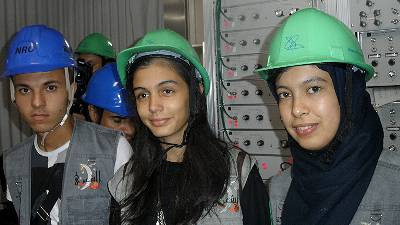
|
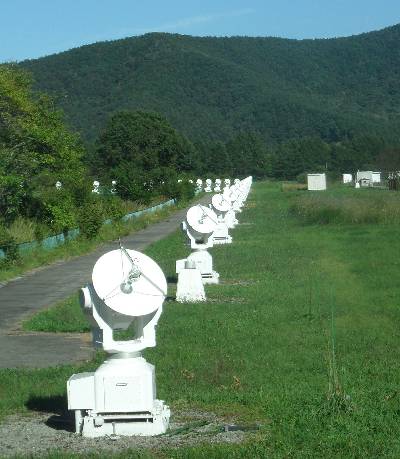
The Nobeyama radioheliograph |
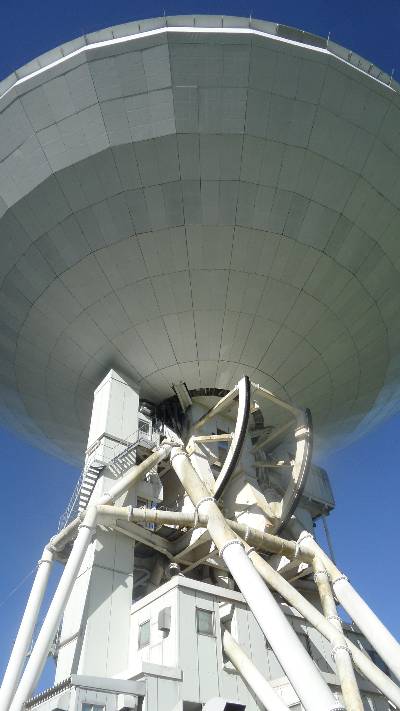
The mastodon: the largest radiotelescope in the World in millimeter wave-length studying newly born stars and galaxies as well as the interstellar medium.. |
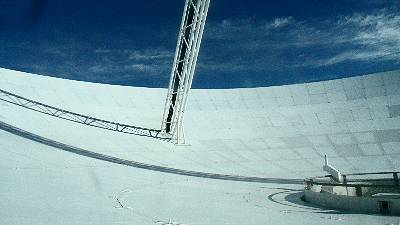
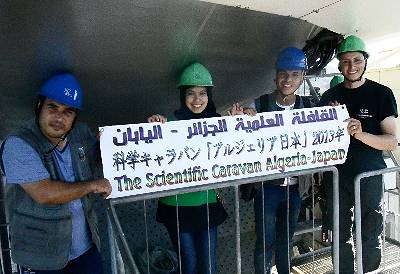
Peeping from a hole on the top at the
inner central dish
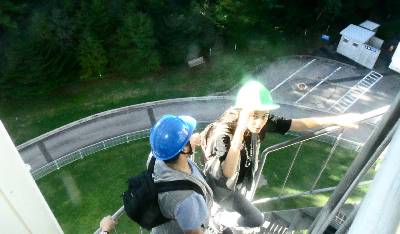
Getting to the top of the main radiotelescope
|
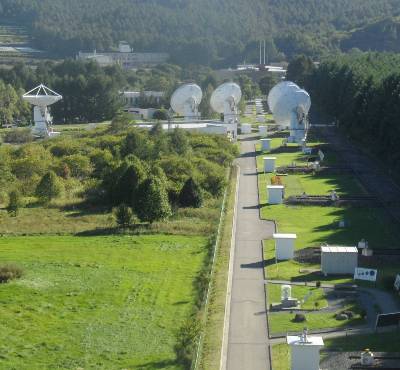
A view of the millimeter array (NMA) from the top of the main radiotelescope: six 10 meters parabolic antennas working in interferometry mode |
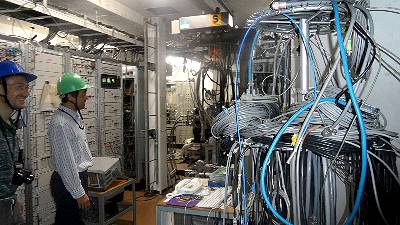
"Dans les entrailles du monstre"
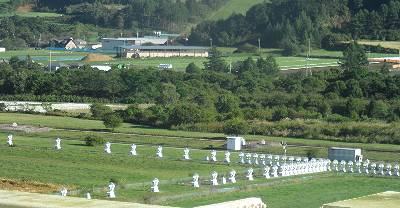
Another view of the radioheliograph with its 84 parabolic antennas
|
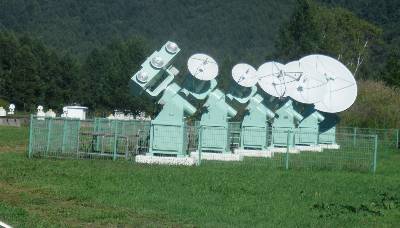
A set of radio polarimeters |
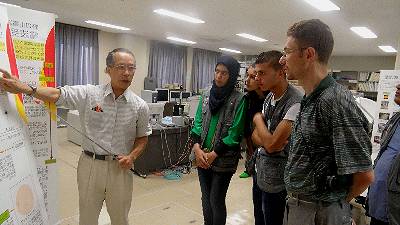
The Universe seen in radio waves |
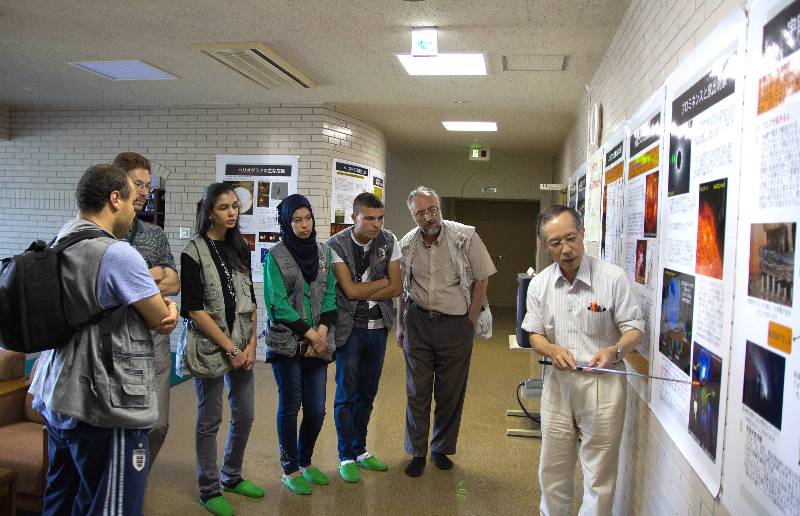
Getting explanations from Prof. Kiyoto SHIBASAKI on the history of the facility and the working of radioastronomy. |
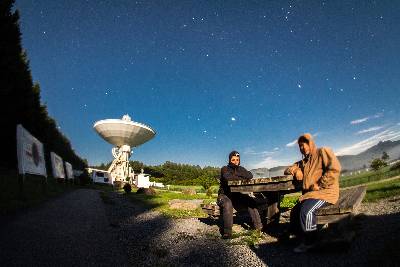
Night pictures and time-lapse is an art which implies some hardship |
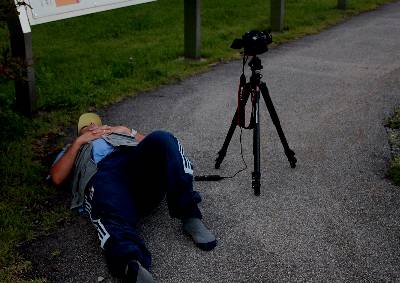
Of course once things set up, some rest can be taken... |
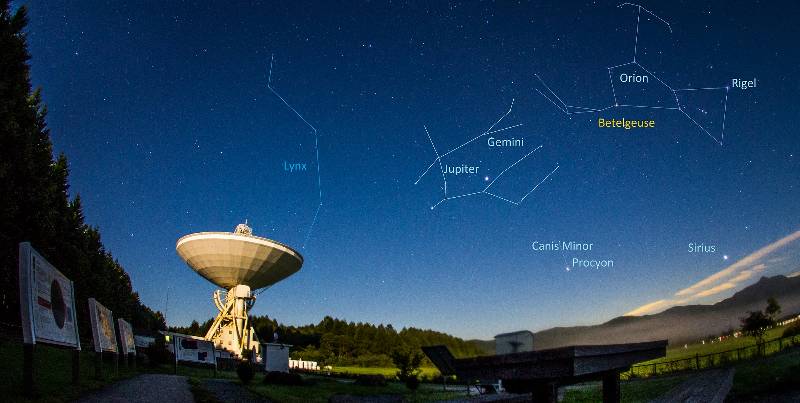
... and here is one shot after having superimposed the constellation lines. |
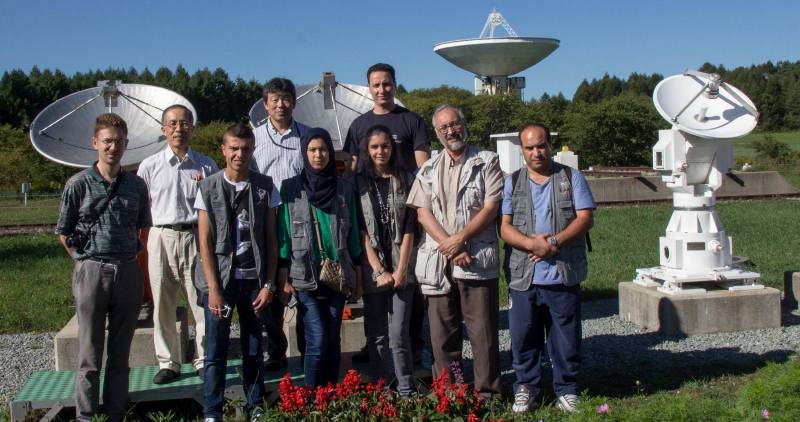
A last group picture with the Nobeyama's Director and Prof. Shibasaki. In the background stands the imposing main 45m radiotelescope. |
On our Way to the Sacred Mountain |
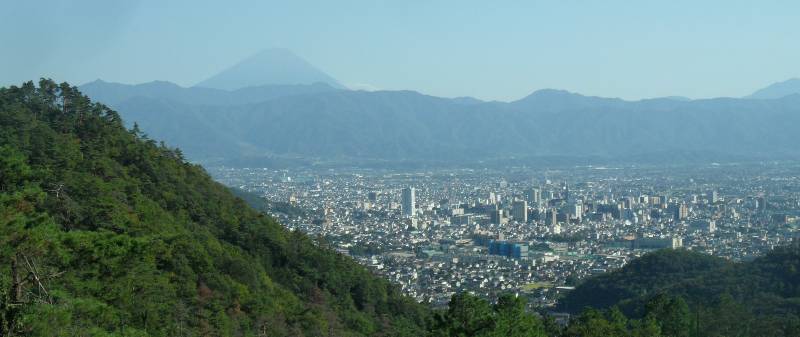
Mt. Fuji looming away. |
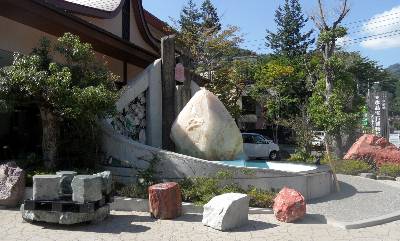
At the mineralogy Museum on our way to Mount Fuji |
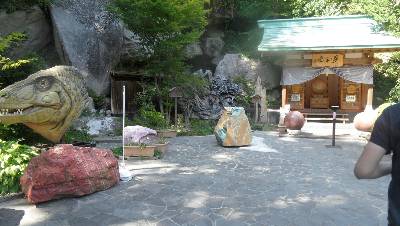
Next to it was a Shintoist temple mixing blithely imposing geological gems and fantagasmoric animals. Inside the altar was a donation box for the faithful. |
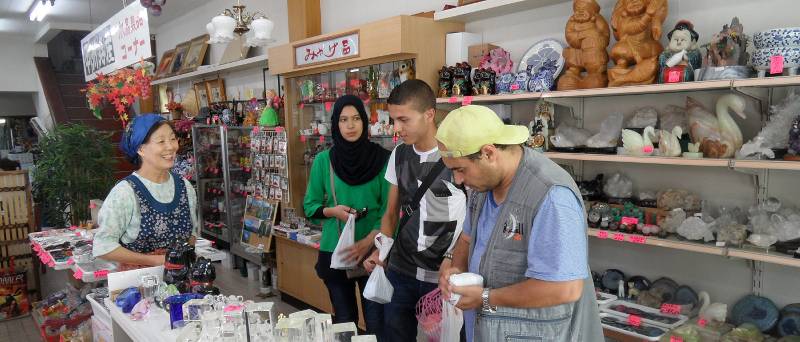
Shopping for gems and souvenirs |
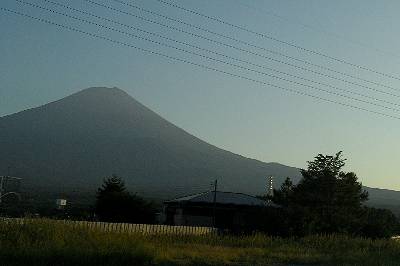
Mount Fuji ahead of us |
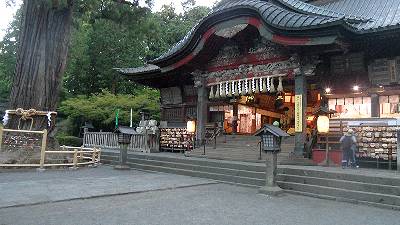
A string of temples lies at the base of the sacred mountain which peaks at 3776m above sea level. |
At the Megastar Company: Ohira Tech
(Ohira Tech was one of our main sponsors for our stay in Japan ) |
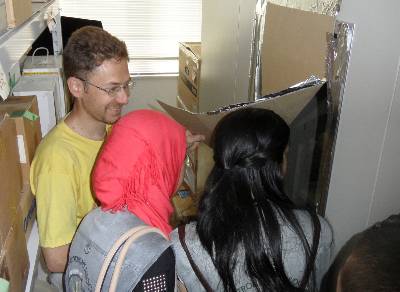 With Dr.Alexander Adli as our guide. Peeping at an intricate chemical process room where the star plates are produced using state of the art technology. The process is at the heart of Megastar success and it involves advanced laser tools and photochemical technology.
With Dr.Alexander Adli as our guide. Peeping at an intricate chemical process room where the star plates are produced using state of the art technology. The process is at the heart of Megastar success and it involves advanced laser tools and photochemical technology. |
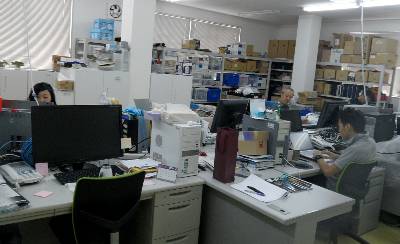
The main offices. We also visited the conception and testing rooms but for obvious reasons, we were not allowed to take pictures there. |
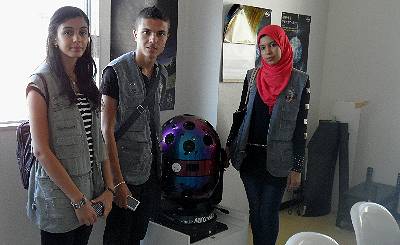 |
|
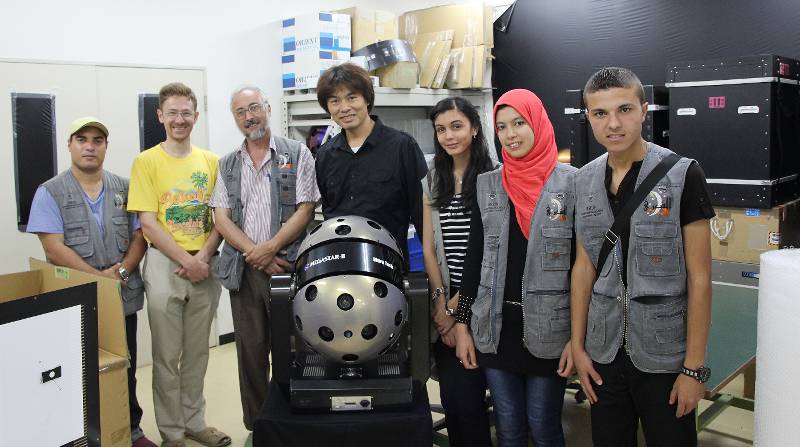
A group picture with Dr. Akayuki Ohira, the founder of Megastar Co and its General Director. |
Getting a Dose of Japanese Culture
Strolling in Town... |
|
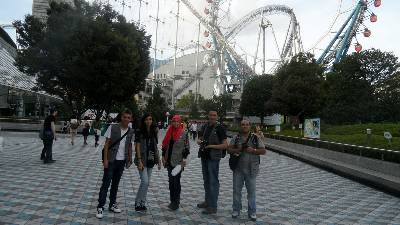
Attraction parks and coaster roller. Including in our visit was the Tokyo Sky Tree, the largest self supporting tower in the World with a a height of 634 m.
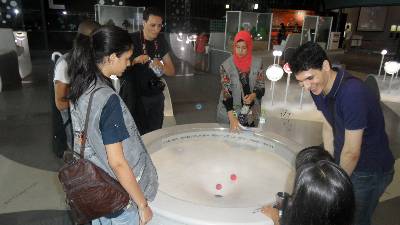
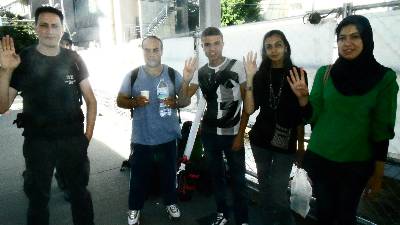
|
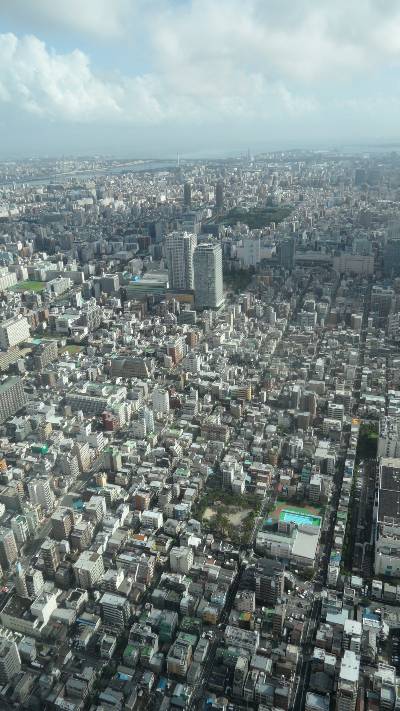
Picture taken from the Tokyo Skytree |
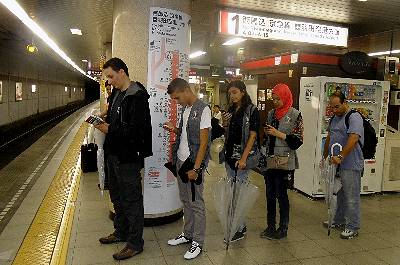
Becoming Japanese ! The etiquette of waiting for the subway.
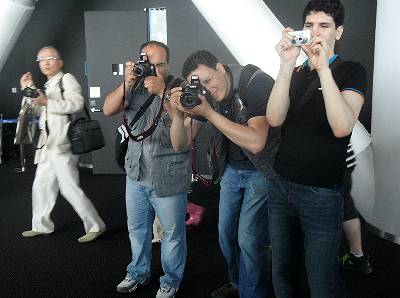
At right is our dear Hamid Hamidani; a Sirius member who is working for his PhD in astrophysics at Tokyo University and who helped plan our visit.
|
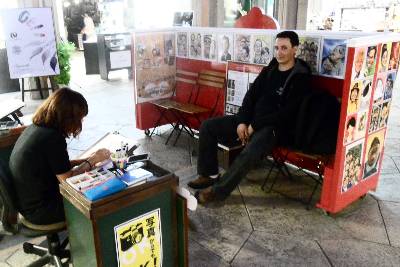
Portrait making for Younes |
|
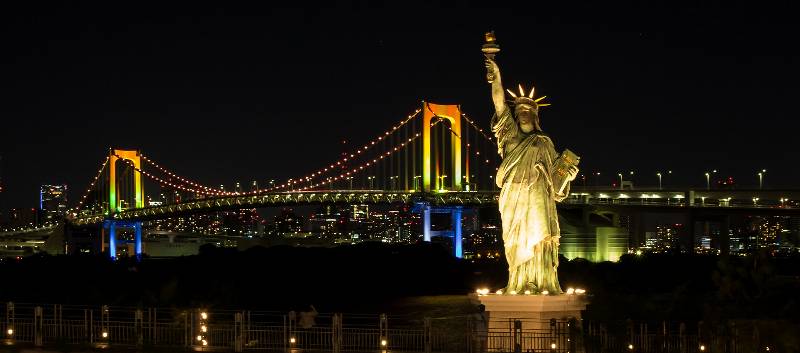
The little Statue of Liberty and the bay of Yokohama with in the back the Rainbow Bridge |
|
|
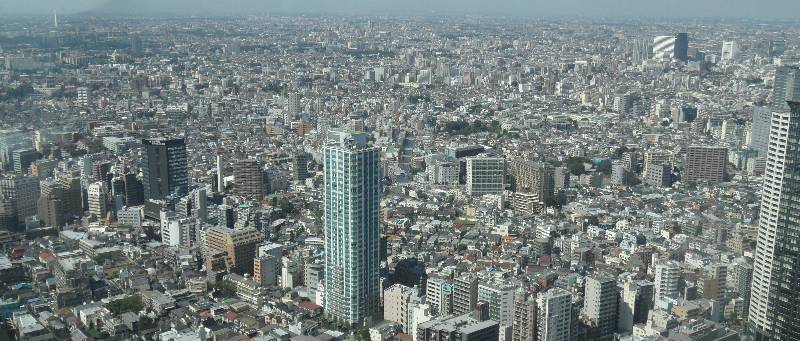
A view of Tokyo from the Metropolitan Government Bldg. observing deck. |
At Miraikan (The "Museum of the Future"):
The National Museum
of Emerging Science and Technology at Odaiba |
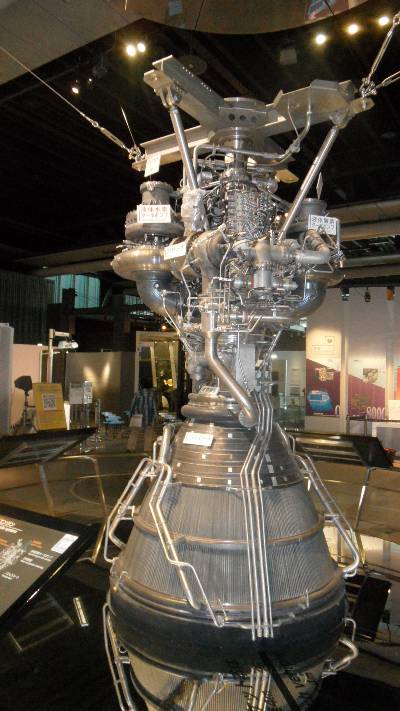
The main engine of the H-IIA Japanese rocket used notably to send the spacecraft SELENE in 2007 to the Moon. |
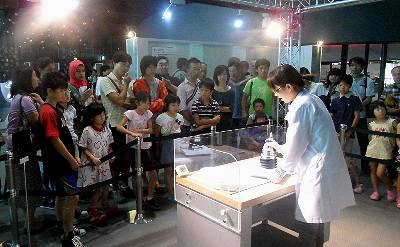
Experimenting with superconductivity. One of the many ongoing workshop at the Museum of modern technology with a huge flux of visitors
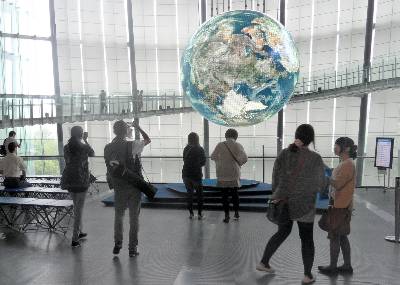
A large digital globe was hanging over our heads using the new technology of organic LED panels.
|
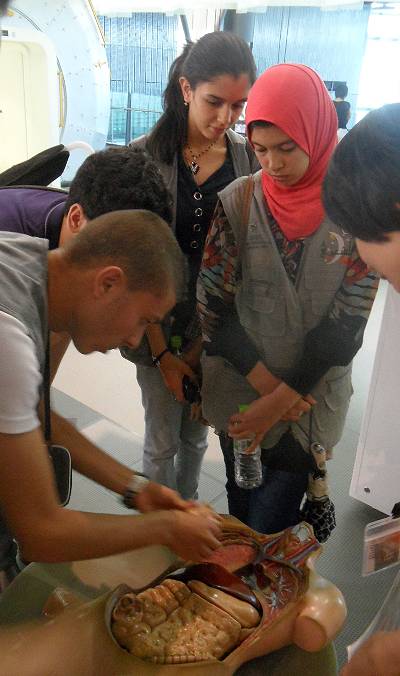
Assembling the human body parts by Brahim, our aspiring medical doctor... |
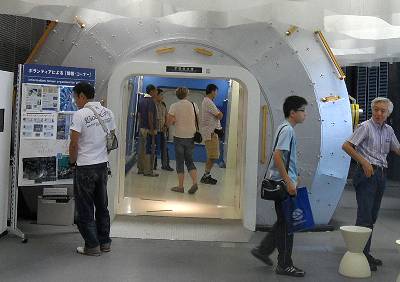
Inside a replica of the main module of ISS
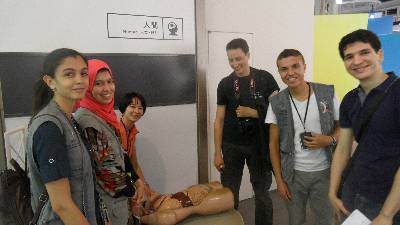
Completed in a record time. Congratulations !
|

A 8 seats car of the future |
At the Amlux Tokyo Toyota Facility |
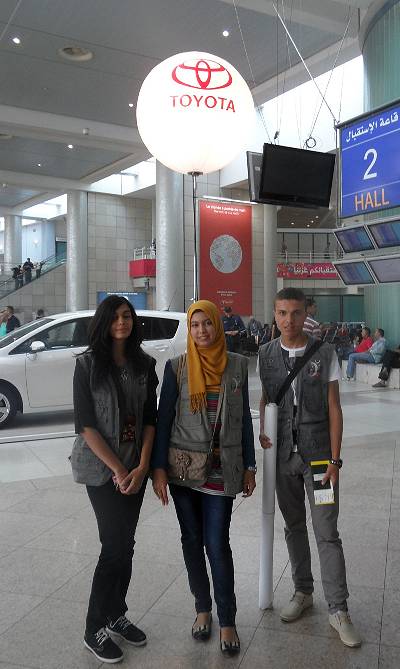 |
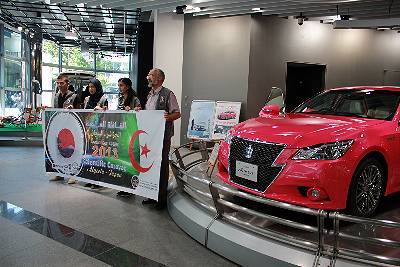
In the showroom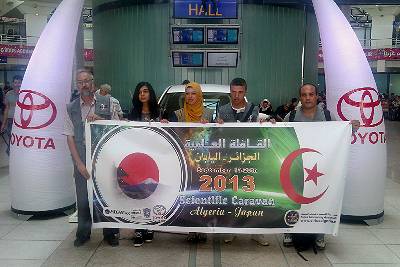
|
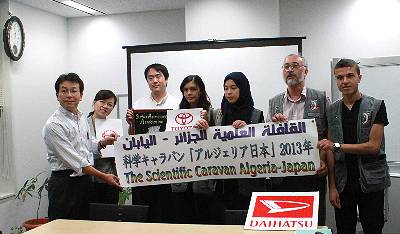
A family portrait with the executive team of Toyota and Daihatsu |
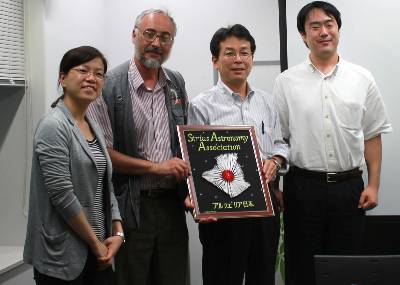
A small gift from Sirius to Amlux Tokyo, Toyota in appreciation to their great help |
At the Tokyo Mosque and Cultural Center |
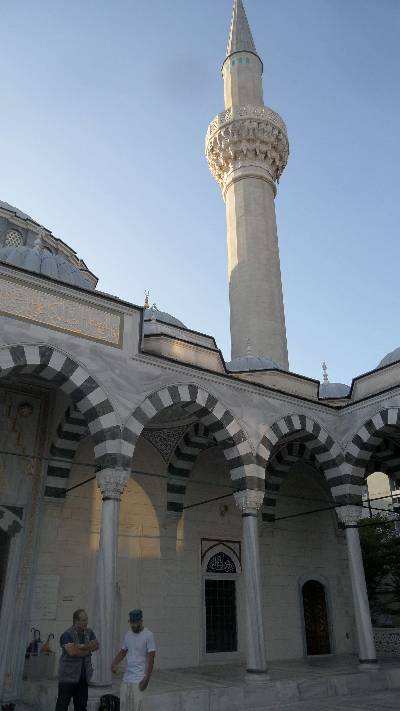 |
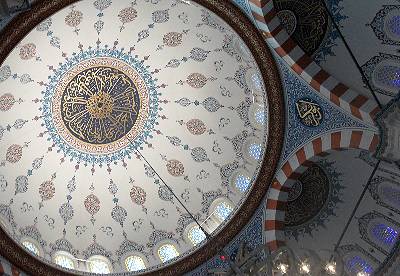

|
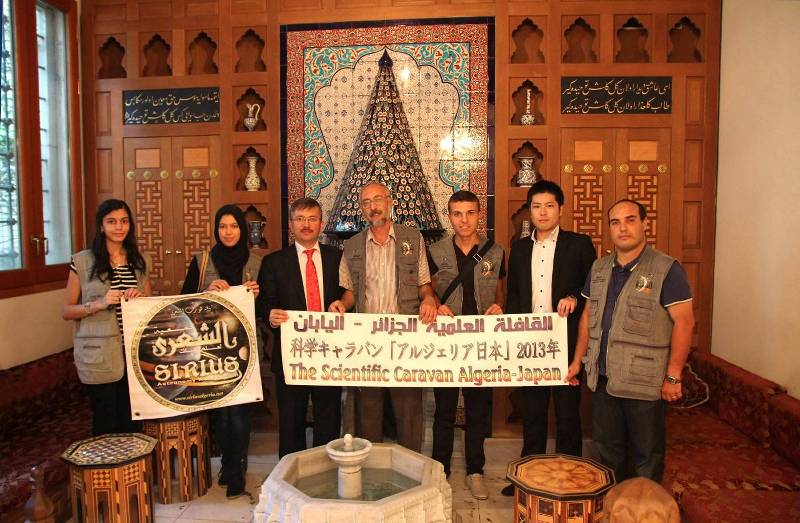
The group posing with Dr. Ensari Yenturk, Director of the Islamic Center. In dark suit at right is Wataru Kawarai from Amlux Tokyo Toyota who was our dedicated guide in the last day..
|
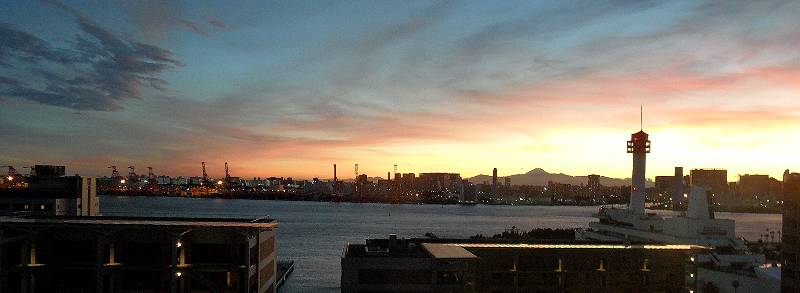
Sunset at Odaiba from the University campus. The elevated peak at the center of the horizon line is Mt. Fuji. |

